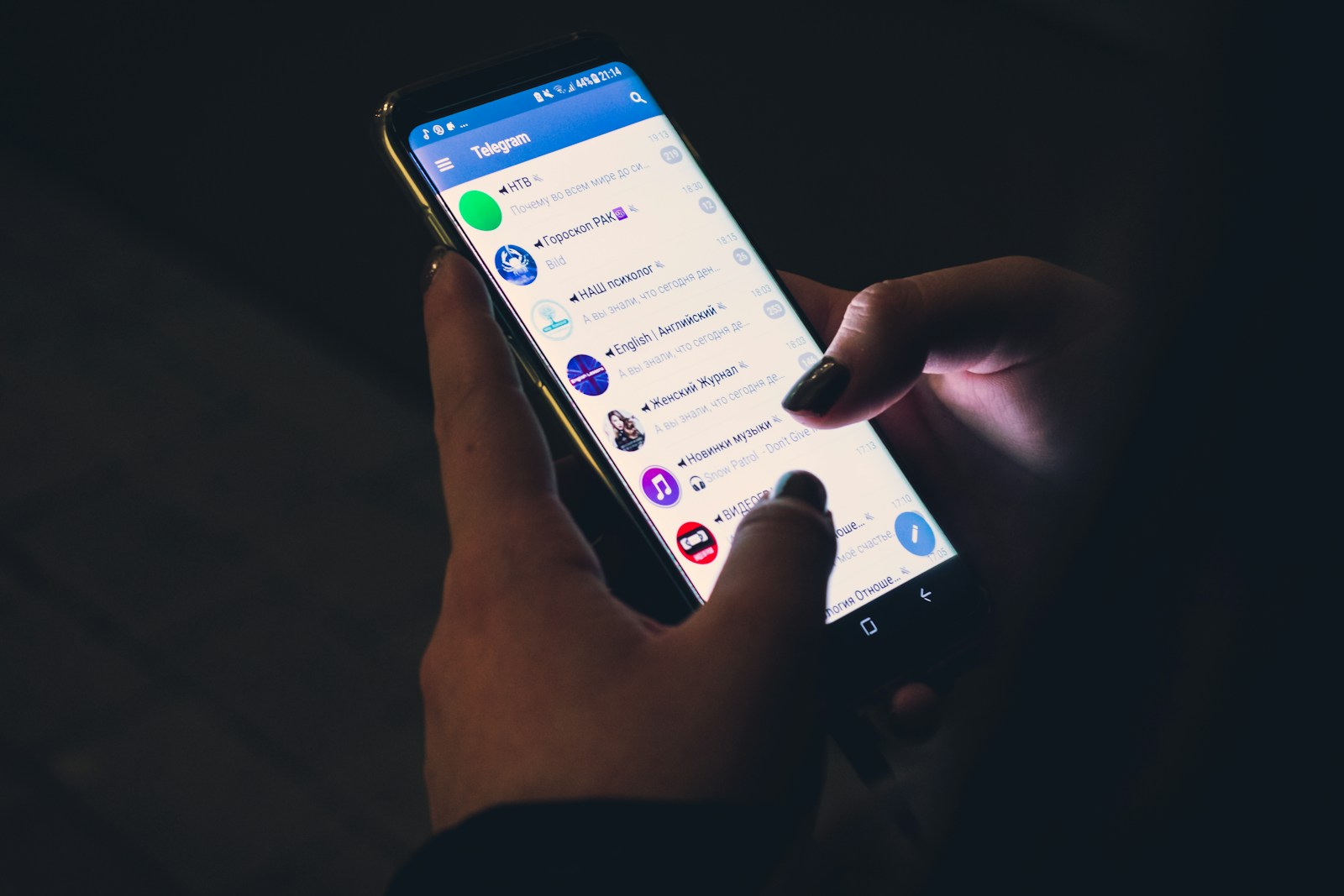A puzzling glitch is raising alarms in digital messaging. Users and testers report that message alerts appear even when no one has sent a note. The finding highlights risks for privacy, trust, and incident response in everyday communications.
The issue surfaced as teams reviewed how push alerts and sync events travel between devices and servers. One statement captured the surprise and confusion:
“Messages can be received, even if none have actually been sent.”
While the behavior sounds impossible, engineers say it can occur when delivery systems misfire, caches stale data, or replay old events. The result is a message notification with no sender or content, and sometimes a ghost thread that vanishes on refresh.
How Messaging Delivery Can Go Wrong
Modern chat apps rely on many moving parts. Devices subscribe to push services, servers queue events, and apps reconcile message histories when they reconnect. Errors in any step can create phantom signals.
- Stale push tokens can trigger alerts after a message is deleted.
- Race conditions may fire a “received” event before a message exists.
- Clock drift can make old events look new during sync.
- Corrupted queues may replay duplicate or empty events.
These glitches are rare, but they can spread fast during network congestion or after a major app update. If a client trusts the alert but cannot fetch matching content, the user sees a message that is not there.
Privacy Risks and False Alarms
The biggest concern is trust. People rely on message logs for personal, legal, or business records. A
phantom message can mislead during disputes or audits. It can also trigger false alarms in group chats, where members may react to something that does not exist.
Security teams worry about spoofed events. If attackers can forge a delivery signal, they may cause confusion, prompt hurried clicks, or mask other activity. Even without a breach, the mere appearance of a message can make users share sensitive details to “follow up.”
Parents, teachers, and workplace managers face added strain. They may assume someone is communicating and change plans based on a faulty alert. The human cost is lost time and eroded confidence.
What Experts Say
Engineers advise treating delivery and content as two separate checks. A valid message should have both a server record and a matching client payload. If one is missing, the app should pause notifications or label them as pending.
Quality teams suggest stronger logging and replay protection. Tighter idempotency checks can stop empty or duplicate events. Better time sync reduces the chance that old data appears new after reconnects.
As one tester put it, the core problem is simple: a system is saying “received” before it has anything to show. That gap needs guardrails.
Industry Practices and Fixes
Common mitigation steps include:
- Require a valid message ID before sending alerts.
- Expire queued events quickly after a deletion or edit.
- Add checksum or signature checks for delivery signals.
- Flag empty fetches and throttle future alerts until resolved.
- Improve client messaging that explains when content is pending.
Vendors also run chaos tests to simulate outages and clock drift. These tests help reveal race conditions that only appear at scale.
Advice For Users
Users can take simple steps while fixes roll out. First, refresh the chat and check on another device. If the message does not appear, treat it as a false alert. Avoid sharing sensitive data in response to a
ghost notification.
Keep apps updated. If phantom alerts repeat, clear cache or reinstall the app. For high-stakes work, export logs regularly so records are stable and verifiable.
The latest reports show how fragile trust can be when alerts and content fall out of sync. The quote “Messages can be received, even if none have actually been sent” captures the core flaw. Stronger validation, clearer client messaging, and better replay controls can close the gap. Users should watch for app updates that tighten delivery checks and improve transparency around pending or failed messages.





